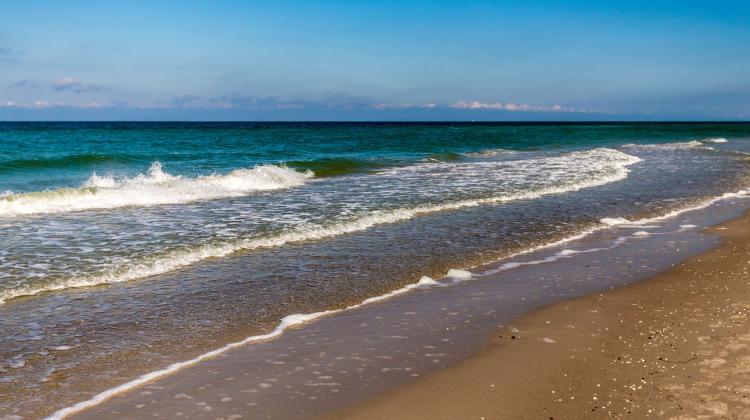Baltic clams and marine worms contribute to global warming
 Ostsee
Ostsee
The seas and oceans, where clams and marine worms live, emit eight times as much methane into the atmosphere as the oceans free of these creatures, according to the recent study of the Baltic Sea and its molluscs.
What do the Baltic clams and marine worms and cows have in common? It turns out that the former release the same amount of methane into the atmosphere as 20,000 milk cows, reads the paper published in the" Scientific Reports".
"It sounds funny but small animals in the seafloor may act like cows in a stable, both groups being important contributors of methane due to the bacteria in their gut" - explained lead author, Dr. Stefano Bonaglia from Stockholm University.
Together with colleagues from his university and from Cardiff University he investigated how the Baltic bivalve molluscs and "worms" directly and indirectly contribute to the release of methane and nitrogen oxides by the sea. Methane and nitrogen oxides are strong greenhouse gases. Researchers analysed samples of sediments from Swedish coastal waters for traces of gases, isotopes and molecules.
It turned out that the Baltic sediments containing clams and marine worms produced two to eight times as much methane as the sediments without those organisms.
Researchers estimate that these creatures are responsible for about 10 percent total emissions from the Baltic Sea. As they calculated, this corresponds to the amount of methane released by 20,000. dairy cows (1% of the total cow population in the UK).
"What is puzzling is that the Baltic Sea makes up only about 0.1 percent of Earth\'s oceans, implying that globally, apparently harmless bivalve animals at the bottom of the world\'s oceans may in fact be contributing ridiculous amounts of greenhouse gases to the atmosphere that is unaccounted for" - said another author of the study, Dr. Ernest Chi Fru from Cardiff University.
The research team members believe that their results should be taken into account in discussions about the further development of aquaculture, large mollusc and crustacean farms. Promoted as one of the solutions to the problem of feeding the growing world population, marine farms can also pose many risks, mainly for the environment. As the Cardiff and Stockholm researchers point out, their research points to another risk: additional greenhouse gas emissions.
Methane produced by intestinal bacteria of bivalves and marine worms, considered to be a 28 times more potent greenhouse gas than carbon dioxide, is released into the water and from there into the atmosphere, contributing to global warming.
dwo/ agt/ kap/
tr. RL
Przed dodaniem komentarza prosimy o zapoznanie z Regulaminem forum serwisu Nauka w Polsce.















